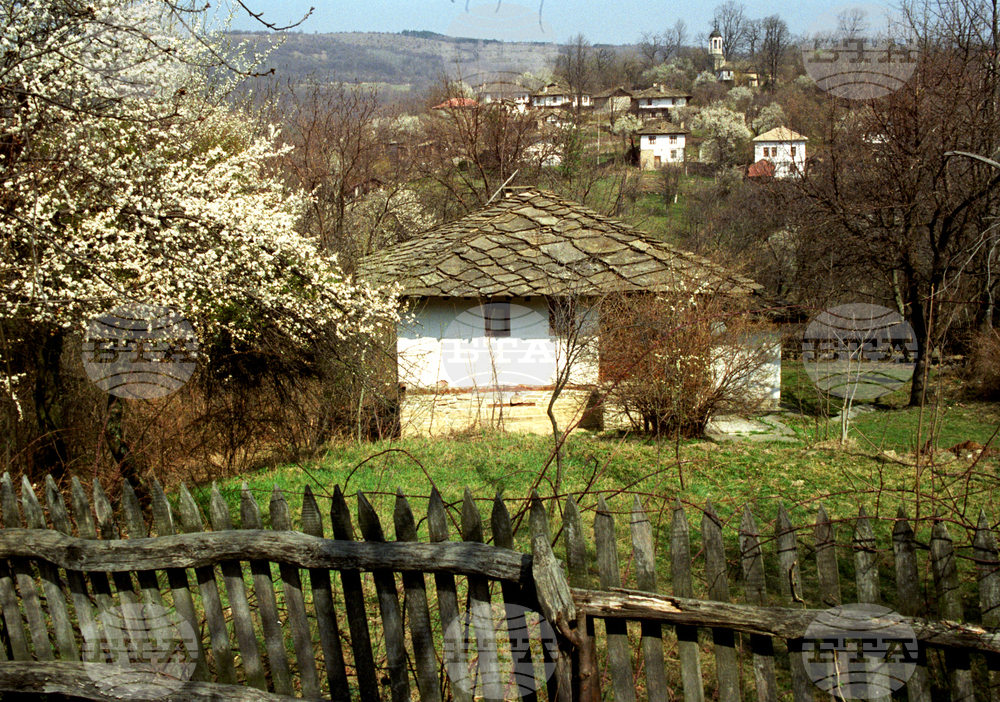site.btaBozhentsi Village Celebrates 60 Years as Architectural Historical Reserve


The Village of Bozhentsi near Gabrovo - the only settlement in Bulgaria that has entirely preserved its ambience since the 19th century National Revival Period, celebrates the 60th anniversary of its designation as architectural historical reserve.
The village owes its time-capsule status to a peculiar convergence of historical cirumstances. Bozhentsi experienced its heyday in the 18th and 19th centuries, when it was a bustling centre of handicratfs with 100 houses and a population of 500. Its traders took their merchandise to all parts of the Ottoman Empire, Russia, Austria-Hungary, Italy and other countries. After Bulgaria's liberation from Ottoman rule in 1878, however, the locals moved en masse to Gabrovo and the settlement's cultural, economic and social development stopped.
Legend has it that Bozhentsi was founded back in 1393 by a boyar called Bozhana, who escaped with here family from the seige of the capital Tarnovo during the Ottoman conquest of Bulgaria. The refugees settled in a forested area on the northern slopes of the Central Balkan Range, on the banks of a small river.
The State Committee for Construction and Architecture noted the unique atmosphere of Bozhentsi and decided to designate it an architectural historical reserve, effective September 6, 1964.
Wonderful period architectural landmarks can be visited in Bozhentsi. The Baba Rayna Museum House is one of the oldest surviving in the village, built in the second half of the 18th century. The Dancho Popa Museum House, dating from the early 19th century, belonged to one of the wealthiest local wool and leather merchants. It now hosts an ethnographic exhibition from the 19th century. Mengema is a beeswax purifying workshop, also from the beginning of the 19th century. The Old School, built in 1870, is used as a venue for temporary exhibitions.
The Church of St Elijah the Prophet was built in 1839-1841 as the first major public initiative of the local people. The project was funded by generous donations in cash and in kind, including a house and a beehive. The impressive structure is all stone masonry with 80 cm thick walls. A 17 m high belfry was added in 1895. The interior has lavish decoration of woodcarvings and frescoes.
The geographical location and climate make Bozhentsi an attractive resort and tourist destination.
Visitors can be accommodated at six guest houses, dating between the 18th and the 20th century, with all modern conveniences and 48 beds in aggregate. A gift shop is also available.
The 60th anniversary of the reserve will be marked by a combined child and folk dance concert by two Gabrovo-based ensembles at noon in the village square and, in the evening, by a special theatre performance - a joint project of the Bozhentsi Museum and the Racho Stoyanov Drama Theatre in Gabrovo. The performance tells about true stories and personalities linked to the village and relevant legends against the background of the inimitable architectural heritage.
/LG/
Additional
news.modal.image.header
news.modal.image.text
news.modal.download.header
news.modal.download.text
news.modal.header
news.modal.text






